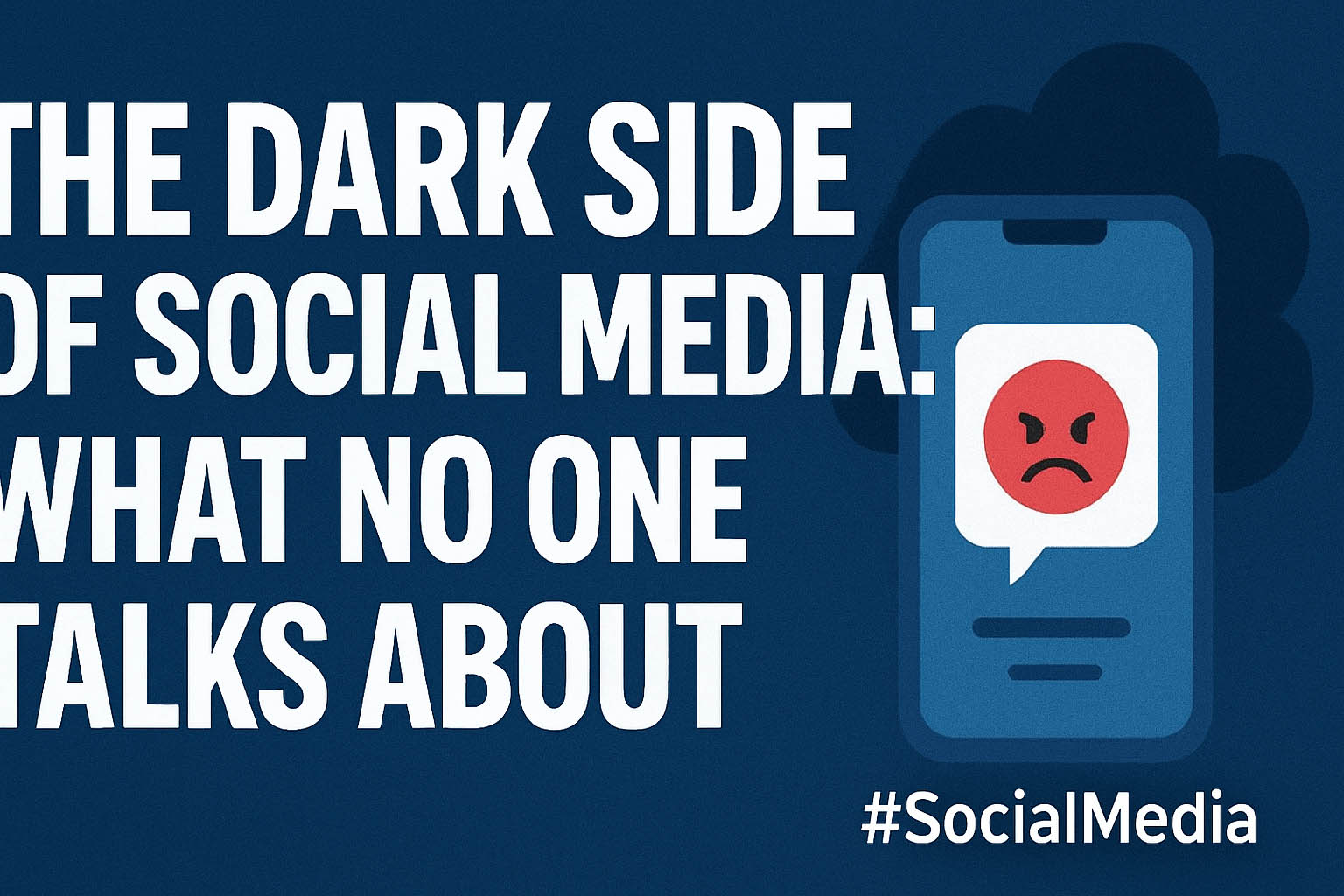The universe has always been a source of wonder and curiosity for humankind. With time, new discoveries in astronomy and physics have continuously reshaped our understanding of reality. Among the most fascinating subjects are the mysterious cosmic phenomena often referred to as “holes”: Black Holes, White Holes, Wormholes, and Grey Holes. Let’s explore them in detail.
Black Holes: The Universe’s Powerful Traps
Black Holes are the most well-known and scientifically proven cosmic phenomena. A Black Hole is a region where gravity is so intense that not even light can escape its pull. The boundary around it is called the Event Horizon. Once something crosses this limit, it is trapped forever.
Black Holes are formed from the death of massive stars. When such a star exhausts its fuel, its core collapses into an infinitely dense point called a Singularity. Around it forms the Event Horizon. Although we cannot directly observe Black Holes, their presence has been confirmed by studying how matter and light behave around them. In 2019, the Event Horizon Telescope captured the first-ever image of a Black Hole, a breakthrough that stunned the scientific world.
White Holes: The Reverse of Time
Now imagine the opposite of a Black Hole — a cosmic body that expels matter and energy outward, while not allowing anything in. This is a White Hole. In theory, it is the reverse of a Black Hole. While Black Holes swallow everything, White Holes reject everything. No observational evidence exists yet, but scientists believe they could possibly exist in the far corners of the universe.
Wormholes: Shortcuts Through Space
Science fiction often shows spacecraft entering a mysterious tunnel in space and instantly appearing billions of light-years away. This idea comes from the concept of Wormholes, first described mathematically by Einstein and Rosen.
In simple terms, a Wormhole is a hypothetical tunnel connecting two distant points in space-time — like folding a paper and poking a hole through it to create a shortcut. The challenge is stability: Wormholes are believed to collapse instantly if anything enters them. However, some physicists theorize that exotic matter with negative energy could keep them open.
Grey Holes: A Hypothetical Mix
Less familiar than the rest, Grey Holes are mainly theoretical. Some scientists suggest they may share properties of both Black Holes and White Holes, but no observational evidence exists so far.
Cosmic Questions
These concepts intrigue both scientists and ordinary people. Do Wormholes really exist to take us across galaxies in seconds? Could Black Holes be gateways to other universes? If White Holes exist, do they prove that matter in the cosmos is never truly destroyed but constantly reborn?
For now, these questions remain unanswered, but this is the beauty of science — mysteries inspire new thinking. Black Holes are scientifically proven, but White Holes, Wormholes, and Grey Holes remain in the realm of theory. Perhaps future technology will reveal more truths. Until then, they remain a treasure of mystery and imagination.
The Theory of Black Holes
The Black Hole theory developed gradually through the work of several scientists:
- 18th Century: John Michell and Pierre-Simon Laplace proposed the idea of a “dark star” so dense that even light could not escape its gravity.
- 1915: Einstein’s General Theory of Relativity showed how matter and energy could curve space-time. This implied that collapsing stars could create regions of infinite gravity.
- 1916: Karl Schwarzschild solved Einstein’s equations and mathematically proved the existence of the Event Horizon.
- 20th Century: Robert Oppenheimer and others studied supernovae and gravitational collapse, confirming that massive stars could indeed end their lives as Black Holes.
Thus, what began as an idea became one of modern astrophysics’ strongest scientific realities.



